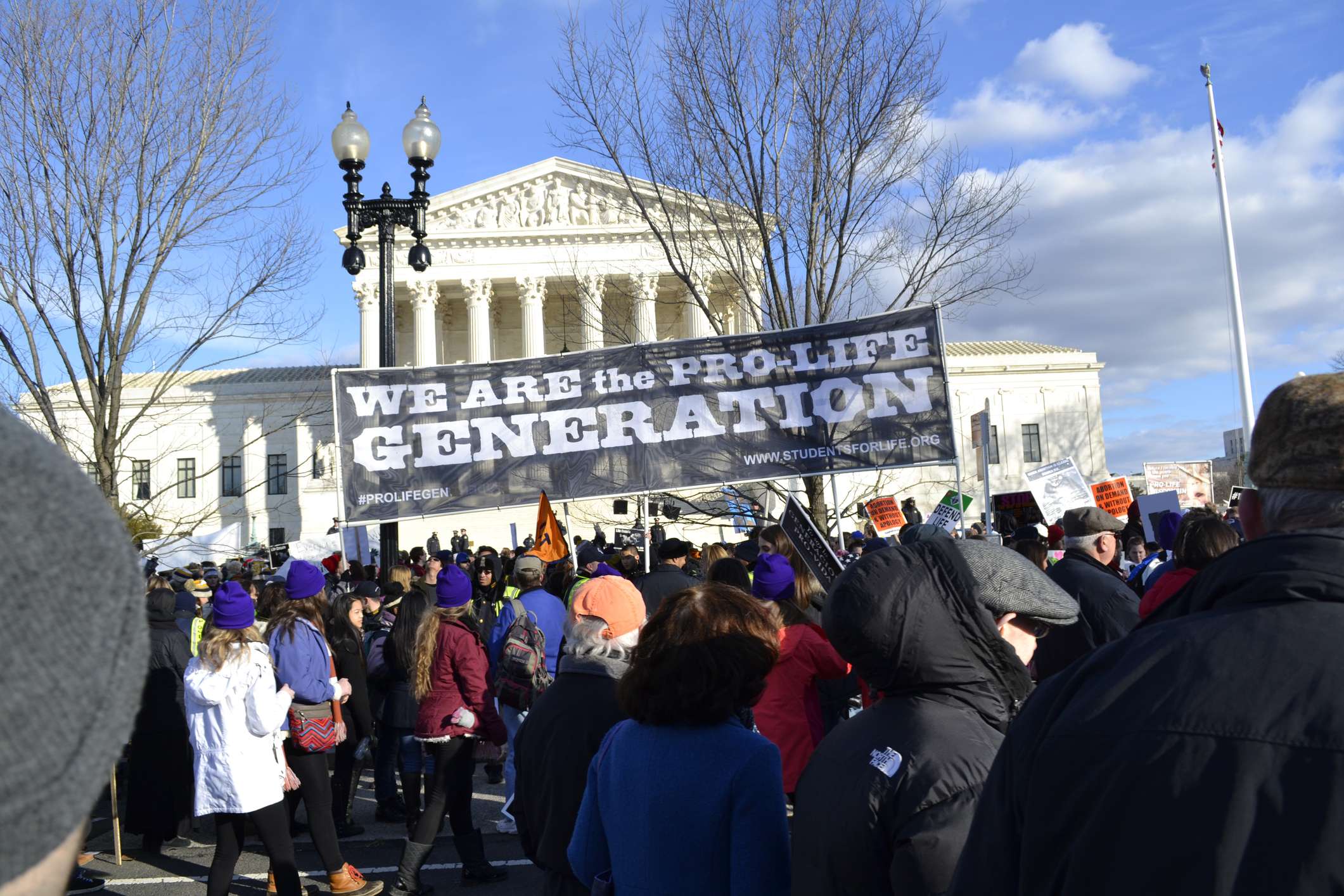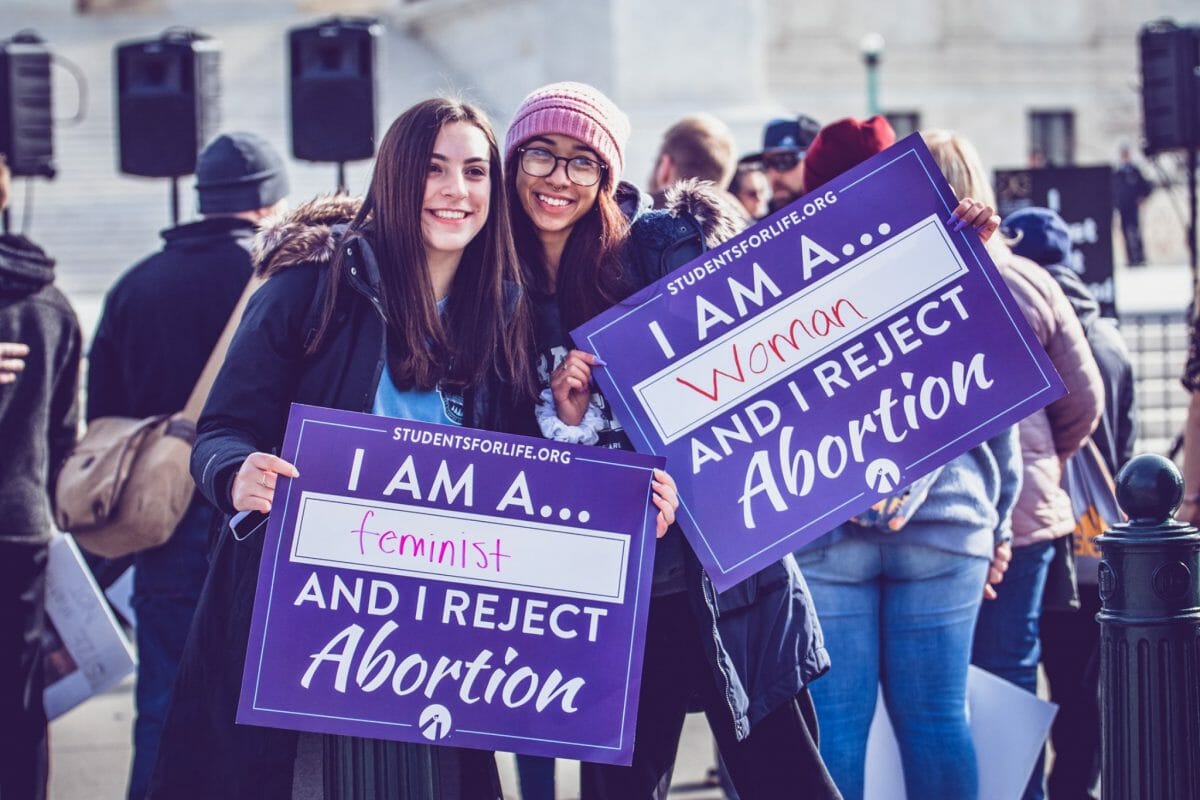
The Women’s Suffrage Movement is historically regarded as beginning with the Seneca Falls Convention in 1848 (with some saying it began earlier in 1820), and ended with the ratification of the 19th amendment granting women the right to vote in 1920. The Seneca Falls Convention is seen as the force which propelled the women’s suffrage movement into its success in 1920.
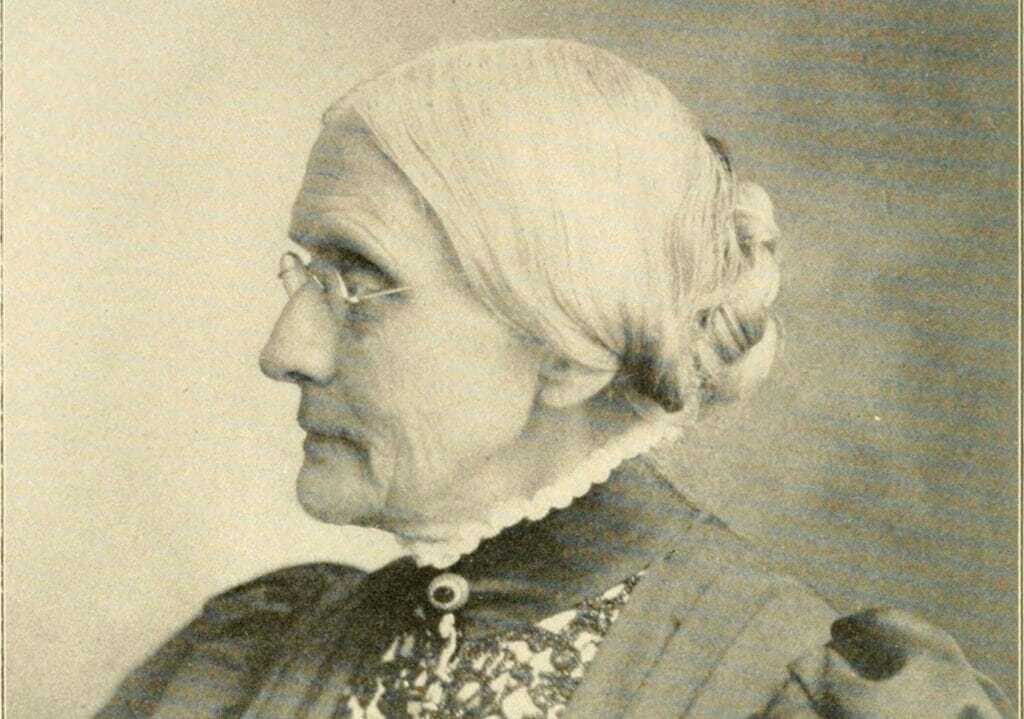
During this time, the suffragettes’ political platform was centered on several issues: temperance (sobriety), abolition (the movement to end slavery), the opposition to Restellism (the opposition to abortion), and most predominantly, women’s right to vote. These ideas during this time period are often referred to as First Wave Feminism. First Wave Feminism also advocated for basic principles we can’t imagine not having today, such as custody, property, and marriage rights for women.
*The Susan B Anthony Birthplace Museum mission limits their education to suffrage history, i.e., the years prior to 1920.
About 40 years after the ratification of the 19th Amendment came a second wave of feminism, often referred to as the Women’s Liberation Movement. This lasted from about 1960-1980. This type of feminism stemmed from factors such as work-place discrimination, unequal pay, and sexism. The slogan of the second wave feminists was “Personal is Political,” meaning that the personal struggles women faced were a direct reflection of the sexist system.
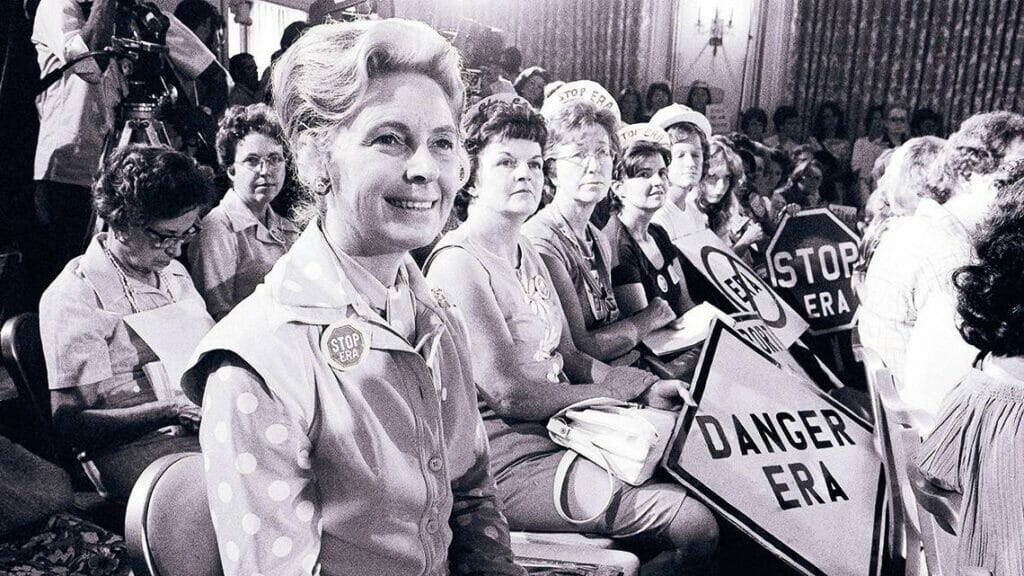
Phyllis Schlafly opposing the pro-abortion Equal Rights Amendment.
This is also when “abortion rights” were introduced into the feminist movement. The passing of Roe v. Wade in 1973 was preceded by a long line of court cases centered around the right to privacy. This is where it gets interesting. One individual who was instrumental in the passing of, and advocating for Roe v. Wade and abortion was a man by the name of Bernard Nathanson. He was the founder of present day NARAL (formerly National Association for the Repeal of Abortion Laws), a pro-abortion activism organization. Nathanson was important in the passing of Roe v. Wade because of the statistics he falsified through NARAL which he used to persuade the public that the number of back-alley abortions were significantly higher than they actually were (Nathanson, 193).

Dr. Bernard Nathanson
He convinced the public through this falsified data that women needed abortion. Nathanson revealed this lie, as well as his pro-life conversion, in many of his films and autobiographies later in his life. Nathanson began to change his mind on abortion when he committed his first ultrasound-guided abortion in 1970 saying that “for the first time, we could really see the human fetus, measure it, watch it, and indeed bond with it and love it,” (from his book “The Hand of God”).
This is an important point to explore further. Ultrasound technology was not as advanced as it is now, and the use of the technology was not widely available until the late 1970’s. This means that it was easier for abortion supporters to deny and lie to the public about the humanity of preborn babies which in turn made the decision in Roe more palatable. This is just one of the deceptive beginnings of the abortion debate.
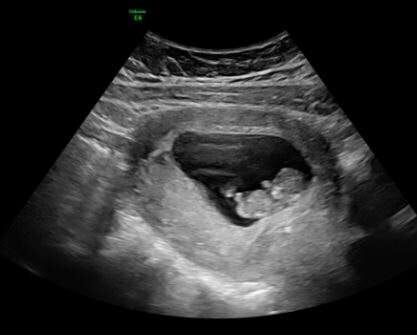
Ultrasound at only 10 weeks (still possible to be killed by chemical abortion).
This brings us to the present day: Third Wave Feminism. It seems like the world today touts abortion as an elite manifestation of feminism. It is disheartening to watch politicians today attempt to bury the work our Foremothers of The Revolution accomplished for us. These women saw through the lies women were told about abortion, and they knew it long before Roe v. Wade. They warned us. Women were lied to by male abortionists like Nathanson (before his conversion) who were only trying to profit off of women’s crises. Now we are living in a country where “feminism” sounds like Virginia’s Governor Northam stating:
“[Third trimester abortions are] done in cases where there may be severe deformities. There may be a fetus that’s nonviable. So in this particular example, if a mother is in labor, I can tell you exactly what would happen. The infant would be delivered. The infant would be kept comfortable. The infant would be resuscitated if that’s what the mother and the family desired. And then a discussion would ensue between the physicians and the mother.”
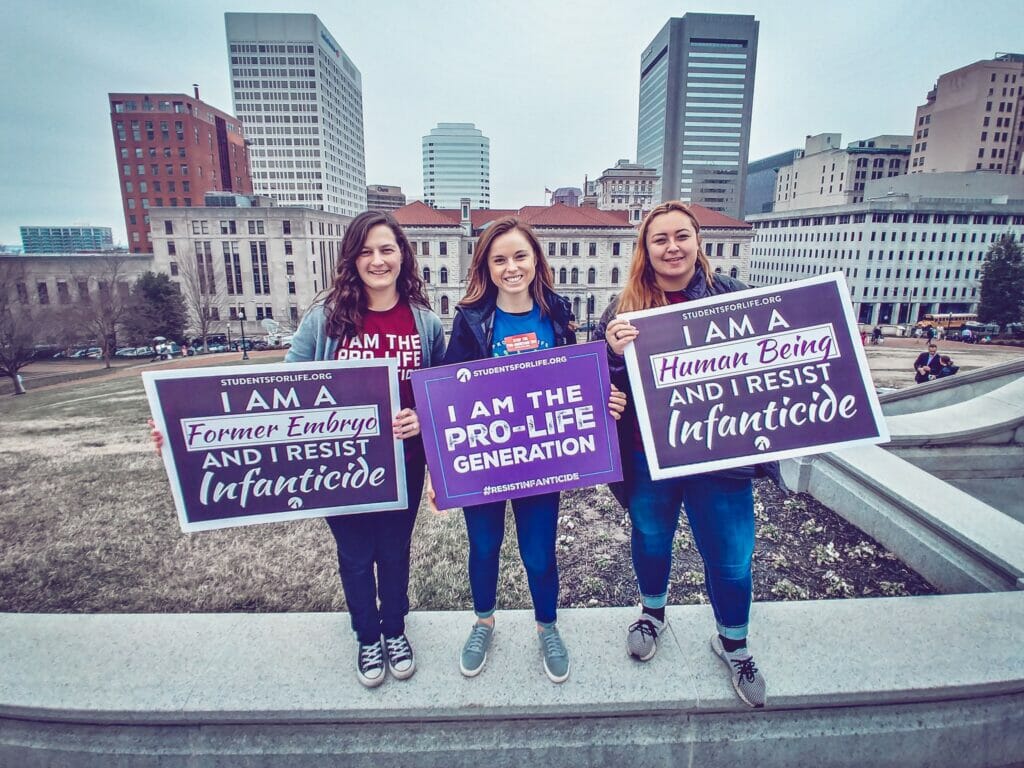
It’s clear that this is far from what the pro-life suffragettes envisioned as women’s rights. Northam’s statements are drastically different from that of suffragettes, who viewed abortion as the ultimate objectification of women. This radical shift in feminism was built not only on deceptions from individuals like Nathanson in the 1970’s, but other politicians who wished to exploit women who found themselves in difficult situations, which is still perpetuated today. Rather than exploiting these women, we should work to help them rise above their struggles. This is truly empowering, while the prior is merely demoralizing.
Share this post
Recent Posts

National Celebrate Life Weekend Dominates D.C.: Just Look at the Coverage
01 Jul 2025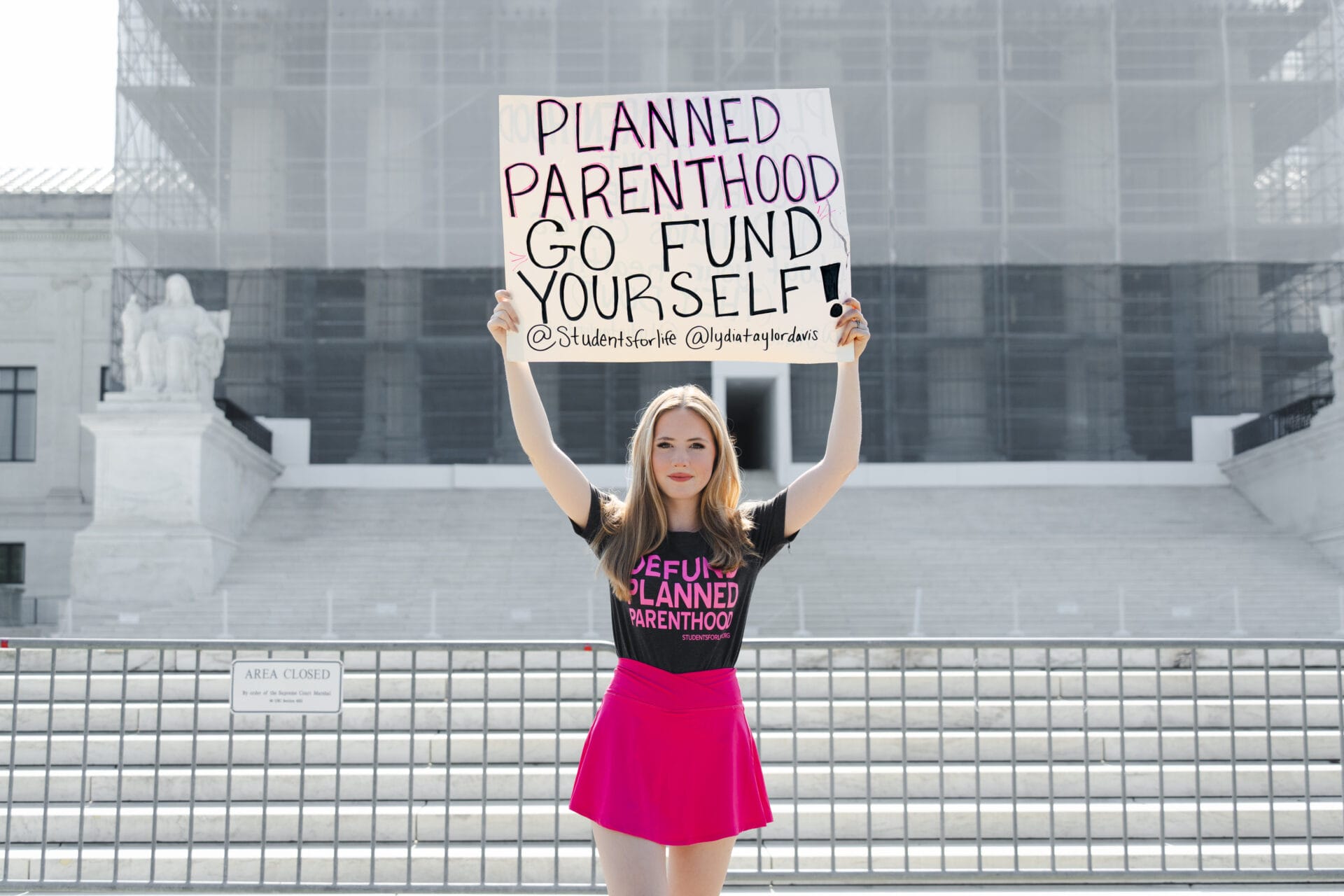
The Pro-Life Generation REACTS: “Big, Beautiful” Budget Bill Vote One Step Closer to Defunding Planned Parenthood & ALL Abortion Vendors
01 Jul 2025
News: FIVE Lawmakers Recognized for Defending Life
30 Jun 2025